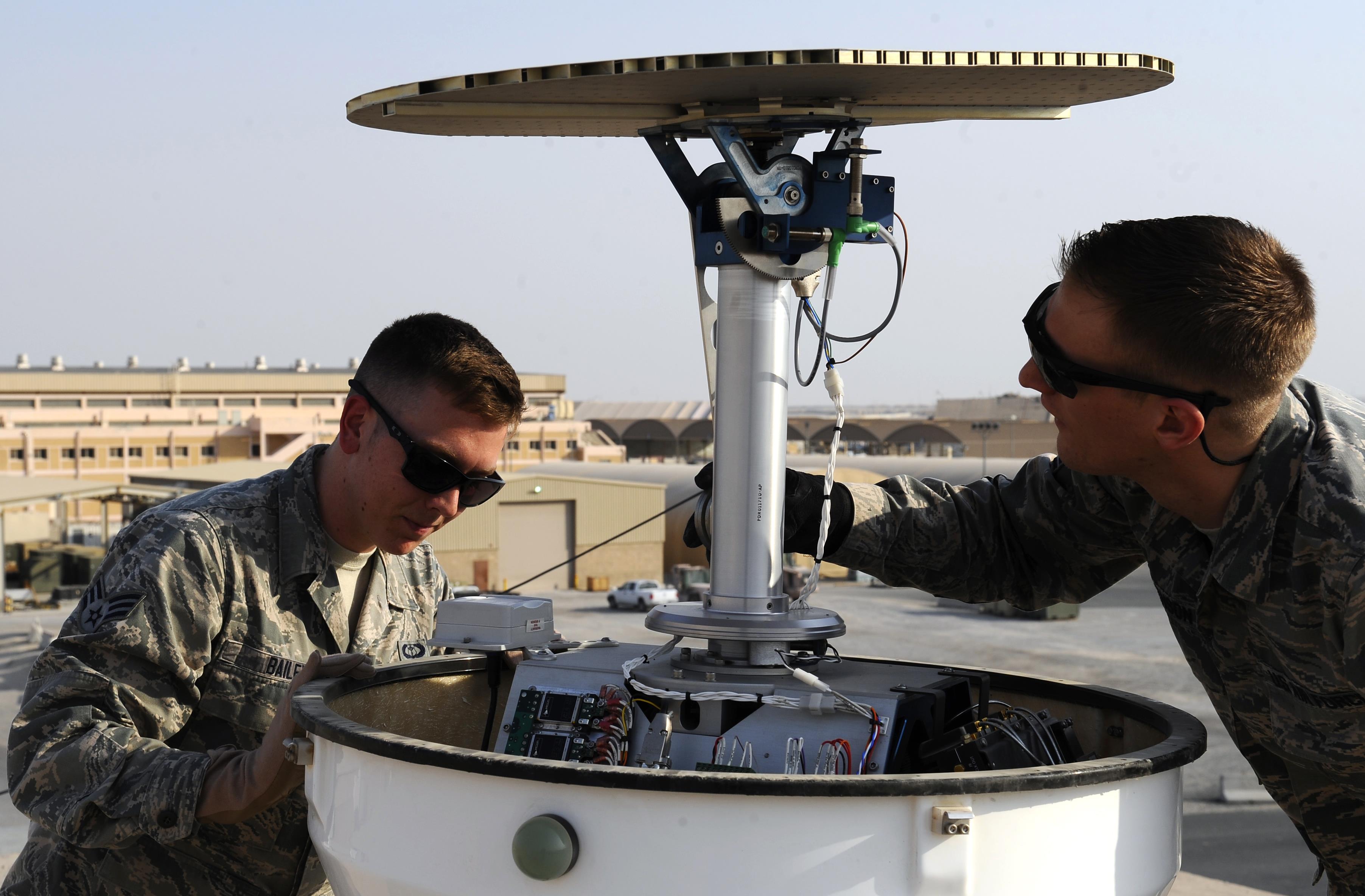By Staff Sgt. Tyler Alexander, 386th Air Expeditionary Wing
Public Affairs / Published October 19, 2015
SOUTHWEST ASIA (AFNS) -- It’s a tough job trying to predict
Mother Nature and when it comes to weather, everyone’s a critic. Thinking the
day holds nothing but sun and your picnic gets rained out can be aggravating.
Now try to tell a pilot he can’t fly because the weather patterns shifted. This
dilemma is something deployed weather forecasters face every day.
“When we’re talking visibility, you kind of have to be as
accurate as you possibly can,” said Senior Airman David Baily, a 386th
Expeditionary Operations Support Squadron weather forecaster. “They have
limitations on whether they can safely get into an airfield or not. We really
try to stay on top of it and kick out the weather observations to keep aircrew
updated.”
Deployed in support of Operation Inherent Resolve, members
of the 386th EOSS weather team do what they can to keep the aircraft flying.
Every hour they step outside to collect weather data through observation. Their
equipment collects air speed, pressure and gives them the chance to visually
inspect the atmosphere surrounding the flightline. In a sparse region, like
Southwest Asia, observation data is gold to a forecaster. With the limited
points of terrain around, these forecasters also rely on host nation
partnerships to help gather as much information as possible.
The more data they receive, the more accurate their
forecasts are. The more accurate their forecasts are the greater chance a
flying mission receives the green light. It’s a relationship pilots come to
trust and rely on.
“In the Air Force, having an accurate forecast can determine
the success or failure of a mission,” said Capt. Benjamin De La Cruz, the 386th
Air Expeditionary Wing flight safety officer in charge. “In the C-130
(Hercules) community, it not only plays a major part in the beginning stages in
mission planning, but also during airdrops, tactical missions and max effort
landings. It is also the leading cause of many aviation mishaps or is a
contributing factor.”
Changing weather isn’t the only challenge these Airmen face.
Forecasters trust in experience, but deployments usually last only six months.
At their home station they have years to learn the ins and outs of a region.
When the winds change, forecasters can look back over their time and realize
these changing winds signal a storm and plan accordingly. To mitigate this in a
deployed environment, forecasters learn to trust their observations and higher
headquarters.
“The biggest thing in weather is experience,” said Staff
Sgt. Gregory Everson, a 386th EOSS weather forecaster. “We are overseen by 28th
Operational Weather Squadron at Shaw (Air Force Base, South Carolina), and they
rely on us and we rely on them. They have the subject matter experts and the
continuity and we can reach back if we need to.”
Despite the challenges faced, these forecasters feel what
they are providing to the base, and the pilots, are helping the Air Force play
a vital role in Operation Inherent Resolve.
“Depending on what the weather is, it could change an entire
base’s day. There’s a lot of pressure but the people we work with trust us to
do our job and do it correctly,” Bailey said.








No comments:
Post a Comment